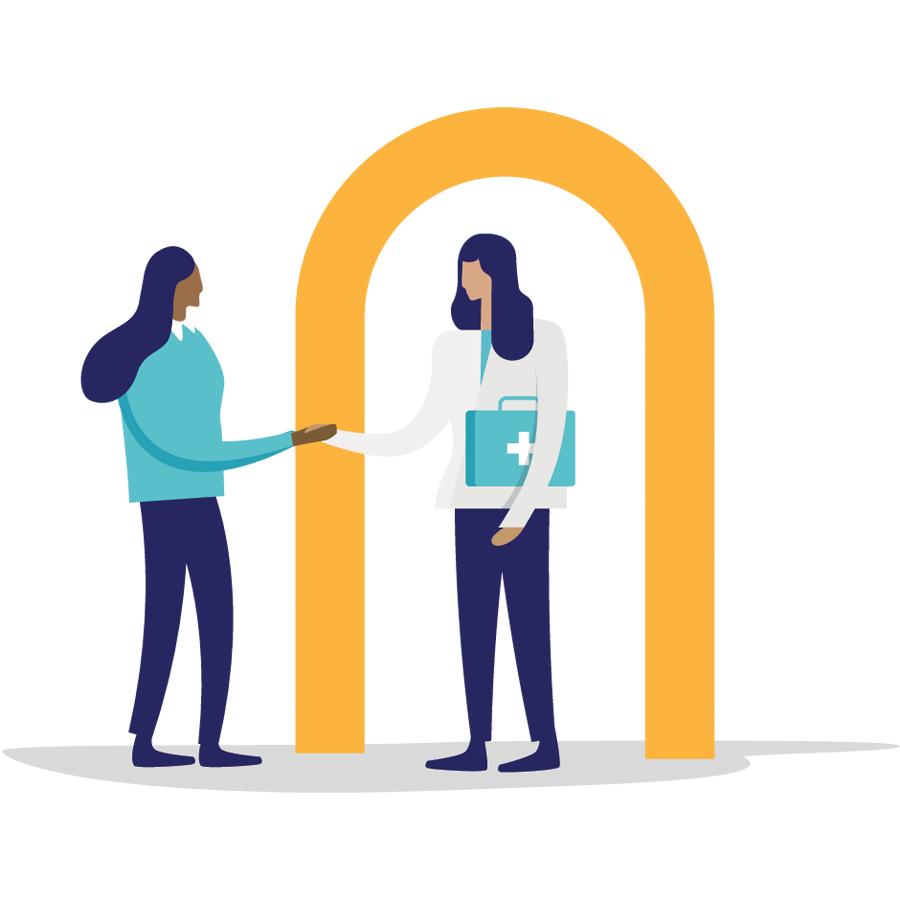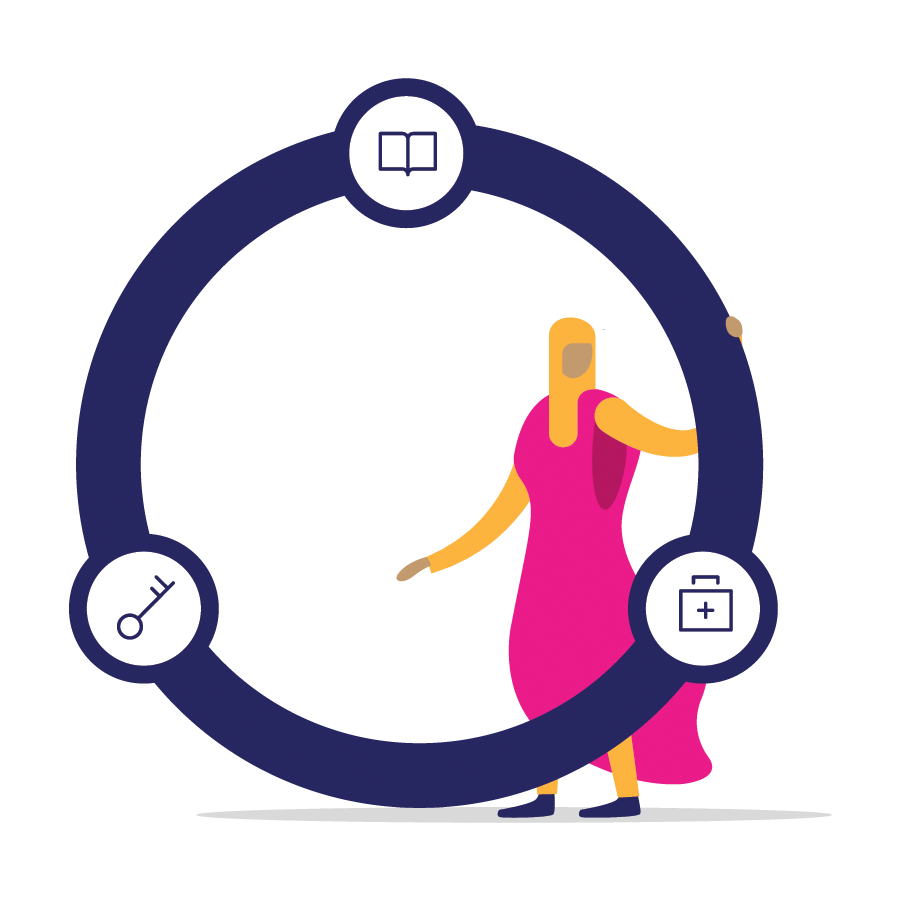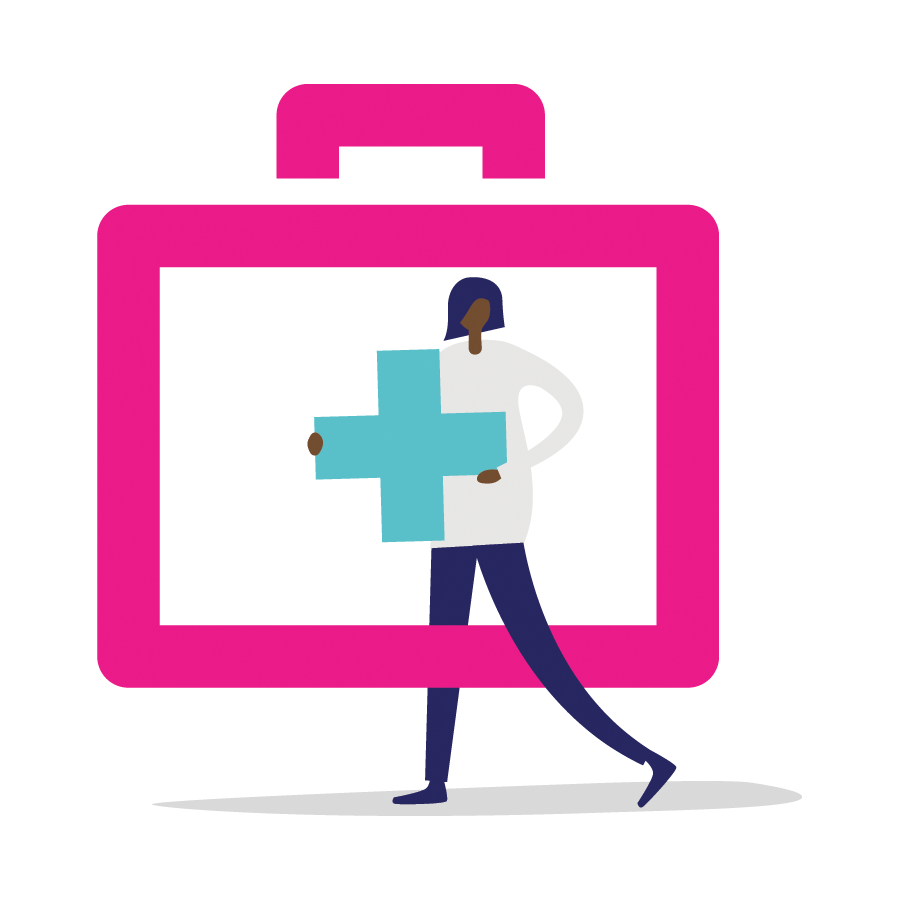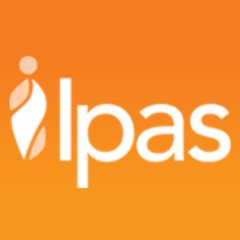Subscribe to our newsletter to receive the latest SafeAccess articles, straight to your inbox.
sign upEveryone has a right to reproductive freedom and bodily autonomy, regardless of gender, age, class, economic status, ethnicity, religion, sexual orientation, ability or other social factors. However, despite representing over 15% of the world’s population, considerable gaps persist in safe abortion and contraceptive care for people with disabilities.
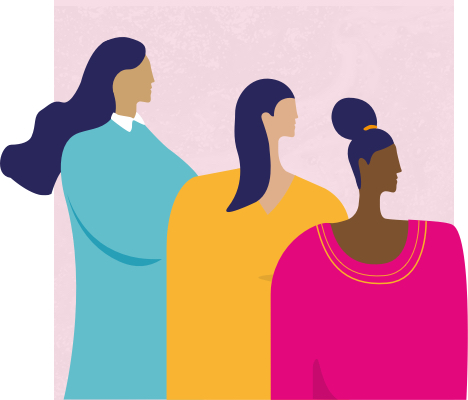
To understand how sexual and reproductive health services can better serve people with disabilities, particularly in safe abortion and contraceptive care, Ipas have worked to identify the current gaps, as well as potential solutions.
In their study, Ipas identified several key barriers for people with disabilities across policy, service delivery, community and family levels. Key insights included:
- Abortion and contraceptive needs for people with disabilities are diverse, yet largely invisible, underserved and unskilfully handled
- Due to compounded and intersecting stigmas, people with disabilities may face unique and extensive barriers to abortion care
- Sexual and gender-based violence is experienced by women with disabilities at exacerbated rates, which can drive high levels of unwanted pregnancies and desire for an abortion
- A “twin-track” approach, which promotes interventions that specifically target the sexual and reproductive health needs of people with disabilities while concurrently mainstreaming disability inclusion into general sexual and reproductive health service delivery practices, is critical for meaningful and sustainable disability inclusion.
Ipas’s Overview – Access for Everybody: Disability inclusion in abortion and contraceptive care includes information about the barriers facing people with disabilities in the sexual and reproductive sector, as well as what work can be done to improve access.
We have the power and ability to create disability inclusive services, programming and policies to ensure that no one is left behind. Together, we can create “a world where people with disabilities have a voice, choice and control over the decisions that affect them. Where they participate in and benefit equitably from everyday life.” (Department for International Development [DFID], 2015)
Ipas used these findings to develop an accompanying Guide for program implementers and managers, technical advisors, and trainers working to improve access to safe abortion and contraceptive care. This guide offers strategies for improving disability inclusion in policy, service delivery, and community engagement interventions while emphasizing active and meaningful participation of people with disabilities throughout all stages of planning, implementation, and evaluation.
Once familiarized with content in the Overview, the Guide can be used to identify actionable steps and checklists to improve disability inclusion and ensure access to life-saving health care for everybody.
Access for Everybody: Overview and guide
Access for Everybody Overview: The brief explains the programmatic importance of disability inclusion in abortion and contraceptive care while providing resources to support the design and implementation of interventions to address unmet need. This includes an outline of common barriers that people with disabilities face, a description of global frameworks that can guide programmatic approaches to disability inclusion, and a summary of promising practices and lessons learned from the field.
Access for Everybody Guide: This is a resource for program implementers and managers, technical advisors and trainers who design and implement interventions to improve access to abortion and contraceptive care. It offers strategies for improving disability inclusion in policy, service delivery and community engagement interventions and can be adapted to meet the unique needs of each context. This guide includes actionable steps and checklists to operationalize disability inclusion and ensure access to life-saving health care for everybody, including people with disabilities.

